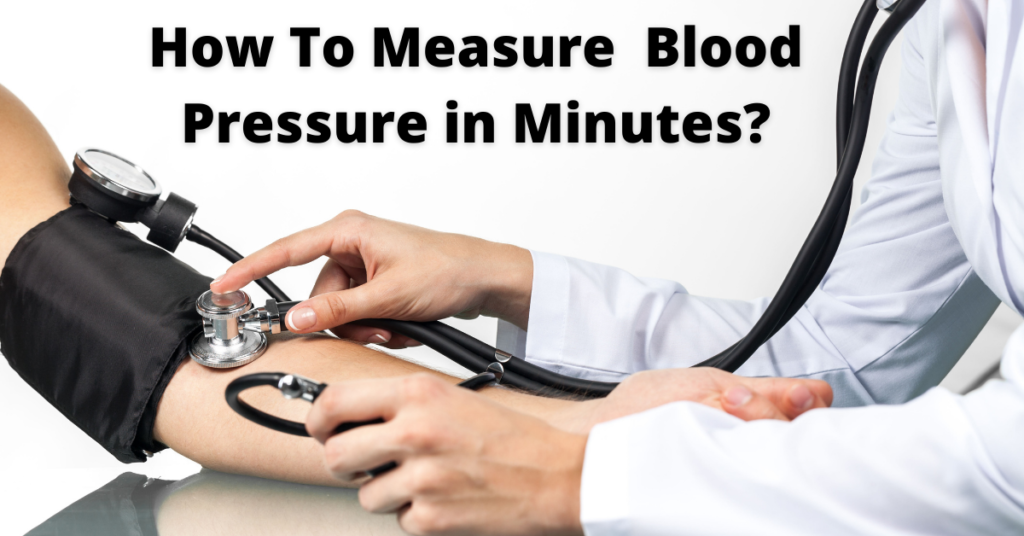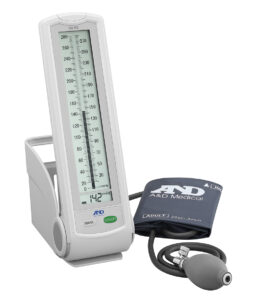Contents
How To Measure Blood Pressure In Minutes?
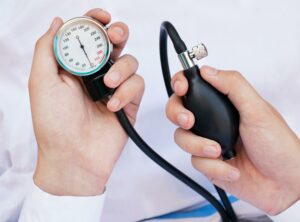
Blood pressure can be defined as “The force of circulating blood on the walls of the arteries. BP is taken using two measurements: systolic (measured when the heartbeats, when BP is at its highest) and diastolic (measured between heartbeats, when BP is at its lowest). Blood pressure is written with the systolic BP first, followed by the diastolic BP (for example 120/80).”
In simpler terms, Blood Pressure or BP is the circulation of blood in the human body on the artery walls with a force. The force by which the blood regulates is known as blood pressure.
The normal BP of a healthy human body varies around 120/80. Blood Pressure below or above the normal range is harmful to a human body, known as low BP or high BP respectively.
Measurements Of Blood Pressure
Blood pressure measurements are divided into two parts:
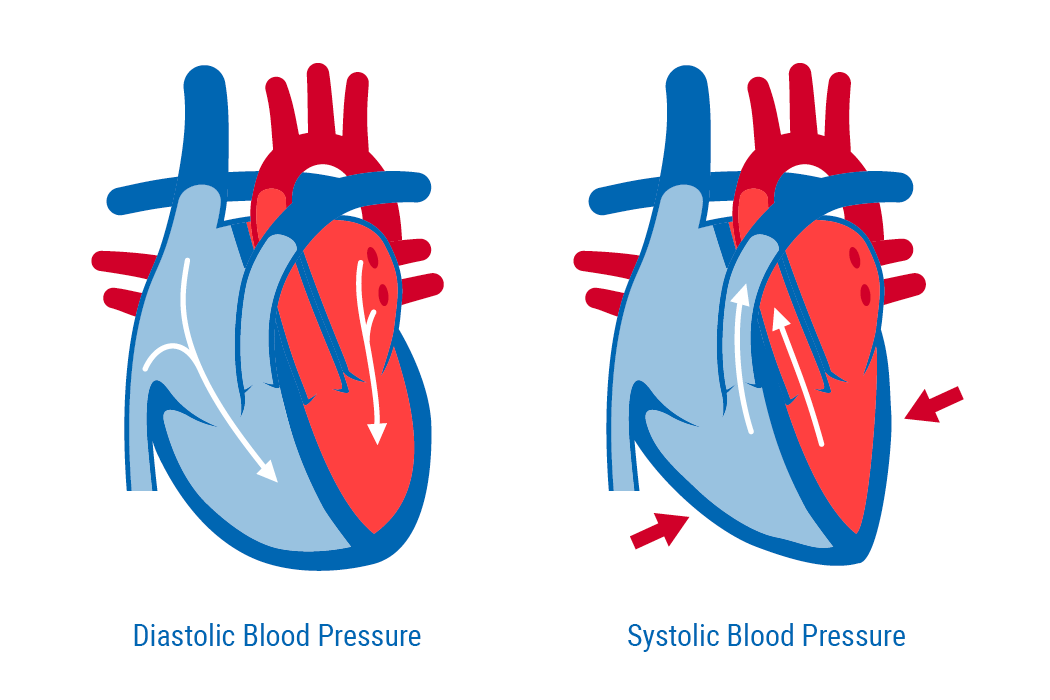
Systolic Blood Pressure
Systolic blood pressure is the pressure by which the blood is circulating when your heart is pumping, i.e., when it beats. The first number in the measurement is systolic BP.
Diastolic Blood Pressure
Diastolic blood pressure, on the contrary, is the pressure by which the blood is circulating when the heart is resting between beats. The second number in the measurements of the blood pressure is diastolic BP.
Suppose, the BP of a person is 120/80. Here, 120 is systolic BP, and 80 is diastolic BP.
Methods To Measure BP
There are many tools that can be used to measure blood pressure. Some of them are:
With Sphygmomanometer
A person can measure his BP at home or can visit a healthcare clinic for the same. At a doctor’s clinic, you can get your BP measured with a device called a sphygmomanometer. The device consists of an inflatable cuff, a bulb, a valve, and a measuring meter. The cuff is wrapped around the arm of the patient and then the bulb is used for inflating the cuff just enough above the expected systolic blood pressure (approx around 180mmHg). The doctor opens the valve and allows the inflated air to slowly release the pressure. This lets the blood pass through the cuff. The doctor uses a stethoscope to listen to all these sounds created in your arm. The pressure at which the blood flow sound stops is your diastolic BP.
Using A Digital Monitor
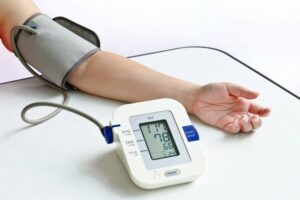
You can also check your BP at home with the help of a digital monitor. They are available in two varieties- with bulb and without bulb. The digital monitor comes along with an inflatable cuff. To check your BP at home, you are supposed to sit straight with a straight arm, open fingers, and straight back. Wrap the cuff around your arm tightly and start inflating the cuff with the help of the bulb. If your digital monitor has an automatic built-in bulb, just press the start button. The cuff will start inflating and the measurements on the monitor will start increasing. Once it reaches around 180mmHg, the pressure will start releasing from the cuff and the figures on the monitor will also start falling. The next thing you should know, your blood pressure will be displayed on the monitor.
Although measuring BP with a digital monitor is easy, it is always recommended to get it checked at the doctor’s clinic with a sphygmomanometer.
Which Measurement Is More Important?
Although, over the years, it has been proven that both BP measurements are equally important. But it has been observed that the risk of heart disease and stroke increases when the systolic blood pressure is high as compared to high diastolic blood pressure. The difference could be because of the force applied to the arteries when the blood rushes out of the heart. The risks of higher systolic blood pressure are highly found in people of or above the age of 50.
Factors Affecting BP Measurements
There are various factors to avoid before measuring your BP. These can make a difference in your readings and be misled. Factors to avoid are:
- Smoking
- Not resting for 3-5 minutes before getting tested
- Unrested back, arm, or feet during the test
- Talking
- Alcohol
- Caffeine infused drinks or food
- Full bladder
- Wrapping the cuff around your clothes
It is important to avoid these activities before measuring your blood pressure as it may sometimes make a noticeable difference in your readings.
High Blood Pressure
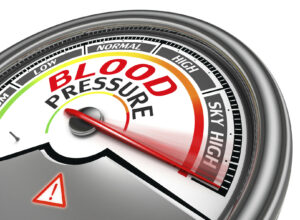
High blood pressure, otherwise known as Hypertension is the condition where the force of blood circulation increases more than the normal range (120/80). Experts usually consider high BP when the readings reach 150/100mmHg or above. The condition of high BP is found in 11.3% of Indians. It is found almost 4 percent more in men than women. Furthermore, chances of hypertension increase with age. 7.5% of the people with hypertension lie in the age group of 18-39. 33.2% lie in the age group of 40-59. And the most affected age is 60 and above, i.e., 63.1%.
Causes of High Blood Pressure
High Blood Pressure can be an effect of growing age. Other reasons that can cause hypertension are:
- Stress
- Inappropriate life choices such as unhealthy food and lack of physical exercise
- Pregnancy
- Diabetes and obesity
Symptoms of High Blood Pressure
The main concern that comes along with hypertension is that people usually don’t realize they have it. It is important to look out for symptoms of hypertension to diagnose it. Following are the symptoms one can look for:
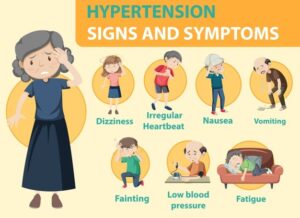
- Severe headache
- Excessive sweating
- Fatigue
- Nosebleed
- Chest pain
- Difficulty in breathing
- Blood in urine
- Irregular heartbeat
- Dizziness
- Facial flushing
These symptoms help us get the benefit of the doubt so that we can consult a health specialist right away.
Consequences of High BP
High blood pressure can sometimes be more threatening than we think it to be. It highly depends on person-to-person based on their other medical conditions. High BP is one of the major causes of heart diseases, vision loss, kidney failure, and even stroke. When the figures reach 180/120, it can cause nose bleeding and severe headaches. It is usually not observed in minor fluctuations of BP.
Furthermore, it is important to know that most of the time the symptoms of hypertension are not visible. So it is important to keep a track of your BP and keep checking it regularly.
Ways to Avoid High Blood Pressure
One can avoid hypertension with a bit of change in their regular lifestyle. Following are the things that one can do:
- Indulge in physical exercise regularly.
- Avoid drinking too much alcohol.
- Eat healthily.
- Cut down on caffeine.
- Reduce the intake of iodine.
- Quit smoking
- Try to reduce your stress
- Meditate on a regular basis
In case of the immediate need to reduce your BP, experts suggest eating potassium-rich food, such as nuts or bananas, avocado, apricot, or a glass of sugar water. Furthermore, these instant home remedies can bring down your blood pressure instantly.
Low Blood Pressure

Low blood pressure or Hypoglycemia is the condition when the force of blood circulation becomes lower than the normal blood pressure(120/80). Experts usually consider low BP when the readings reach 90/60 or below. In India, around 57.44% of people are affected by hypoglycemia. Severe hypoglycemia is found in around 10.7% of people. Females are at higher risk of suffering from hypoglycemia than males. People of the age ≥80 are at higher risk of having hypoglycemia as compared to people between the age group of 65-70. It is also found majorly in people with diabetes.
Causes of Low Blood Pressure
There are a number of factors that can cause hypoglycemia. One of the major causes of low BP is missing a meal. It is seen that around 89.3% of the people have experienced low BP because of the same. Other causes of low BP include:
- Pregnancy
- Stress
- Loss of blood
- Dehydration
- Fasting
- Heart problems
- Endocrine problems
- Allergic reactions
- Injections
- Loss of nutrients from your diet
Furthermore, all these factors can make your blood pressure go extremely low. It is important to avoid these problems and avoid hypoglycemia.
Symptoms of Low BP
Dizziness is one of the main symptoms seen in people with hypoglycemia. Around 72.3% of people with low blood pressure experience dizziness. Although, most people with hypoglycemia do not always experience symptoms.
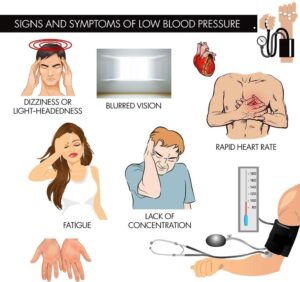
Symptoms seen in people for hypoglycemia are:
- Dizziness
- Blurred vision
- Fainting
- Chest pain
- Nausea
- Dehydration
- Cold skin
- Pale skin
Furthermore, it is important to look out for these symptoms as they help you to diagnose hypoglycemia.
Consequences of Low BP
Although hypoglycemia doesn’t have severe effects most of the time. But a sudden fall in BP can make a person experience dizziness and fainting. This happens because the brain stops receiving enough blood and signals from the body. A big drop in the measurements can be severe and life-threatening. This can happen due to severe infections and allergic reactions from medicines and other food items. It can also lead to seizures, loss of consciousness, or even death if it is left untreated for a while.
Ways to Avoid Low BP
There are basic lifestyle changes that can prevent you from developing hypoglycemia. These preventive measures ensure keeping your BP close to the normal range. The preventions are:
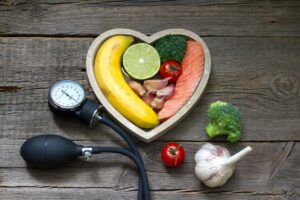
- Take proper and timely meals.
- Take adequate carbohydrates.
- Eat snacks if you are drinking alcohol.
- Look out for medications that you are allergic to.
- Take a glucose tolerance test regularly.
- Keep a track of your BP.
Furthermore, these preventive measures help your BP to fall low. It is necessary to take care of your diet.
When in an emergency, doctors to take caffeine in any form, such as dark chocolates, black coffee, or strong tea. You can also put a tablespoon of salt in a glass of water and have it. This will elevate your BP immediately and then you must consult a doctor right away.
Conclusion
The above article explains what blood pressure exactly is. We have also discussed hypertension and hypoglycemia. The article provides symptoms, causes, and preventions of both these medical conditions. We have also explained how to measure your BP in different ways, at home or at a doctor’s clinic.
Do you want to get rid of diabetes? Join our online diabetes consultation program and reverse your Diabetes naturally through lifestyle changes such as a Personalized Diet plan, Exercise, dieticians, and health coaches.
